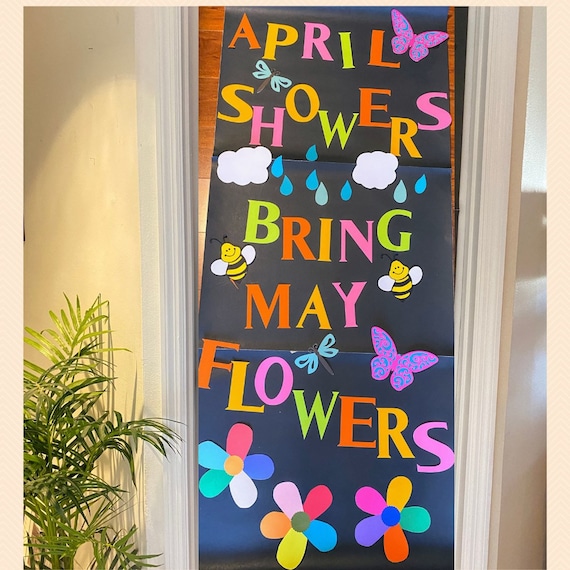Dont Do Drugs Door Decorations: A Visual Message
Don’t do drugs door decorations set the stage for this enthralling narrative, offering readers a glimpse into a story that is rich in detail and brimming with originality from the outset. Imagine a world where a simple door decoration can spark a conversation about drug use and its consequences.
This exploration delves into the history of anti-drug messaging, the power of visual communication, and the potential impact of “Don’t Do Drugs” door decorations on viewers.
We’ll examine how these decorations can be used to express personal beliefs and values, analyzing the effectiveness of visual anti-drug messaging and exploring creative alternatives to traditional approaches. Join us as we navigate the intricate relationship between visual art and social messaging, uncovering the potential of door decorations to inspire positive change.
Creative Alternatives to Traditional Anti-Drug Messaging

Traditional anti-drug messaging often relies on fear-based tactics, depicting the negative consequences of drug use. While these messages can be effective for some, they can also be alienating or ineffective for others. Creative alternatives to traditional anti-drug messaging can be more engaging, impactful, and effective in reaching a wider audience.
Designing Engaging Door Decorations
Door decorations can be a powerful tool for conveying anti-drug messages in a creative and engaging way. Instead of relying on typical warnings or slogans, consider using more visual and interactive elements.
- Interactive Art Installations:Create a door decoration that invites participation, such as a mural with blank spaces for people to add their own messages about staying drug-free. This encourages personal expression and fosters a sense of community.
- Positive Affirmations:Design a door decoration that features positive affirmations about staying healthy and strong, such as “I am strong enough to resist drugs” or “I choose a healthy life.” These affirmations can be empowering and inspiring.
- Artistic Representations:Use art to convey the message. A door decoration featuring a vibrant, colorful design that symbolizes the beauty of a drug-free life can be a powerful and memorable way to convey the message.
Humor, Irony, and Satire in Anti-Drug Messaging
Humor, irony, and satire can be effective tools for conveying anti-drug messages in a way that is both entertaining and thought-provoking.
- Parody and Satire:Creating a humorous parody of a popular drug advertisement, highlighting the absurdity of the drug culture, can be an effective way to challenge harmful stereotypes and encourage critical thinking.
- Irony and Understatement:A door decoration featuring a seemingly innocuous image, such as a cartoon character holding a glass of water, but with a hidden message about the dangers of drug use, can be a powerful way to challenge assumptions and create a sense of intrigue.
- Wordplay and Puns:Using clever wordplay and puns can be a fun and memorable way to convey anti-drug messages. For example, a door decoration featuring the phrase “Don’t let drugs take the ‘high’ road” can be both humorous and impactful.
Promoting Positive Messaging and Healthy Alternatives, Don’t do drugs door decorations
Focusing on positive messaging and promoting healthy alternatives to drug use can be a more effective approach than simply focusing on the negative consequences of drug use.
- Highlighting Positive Choices:A door decoration that showcases the benefits of healthy activities, such as sports, music, or art, can be a powerful way to encourage positive choices and promote a healthy lifestyle.
- Promoting Healthy Alternatives:A door decoration that provides information about healthy coping mechanisms for stress and challenges, such as exercise, mindfulness, or spending time with loved ones, can be a valuable resource for individuals struggling with drug use or addiction.
- Emphasizing Personal Strength and Resilience:A door decoration that features empowering messages about personal strength and resilience can help individuals believe in their ability to overcome challenges and make healthy choices.
Ending Remarks

From the evolution of anti-drug campaigns to the power of visual communication, we’ve explored the fascinating world of “Don’t Do Drugs” door decorations. These simple yet impactful creations can serve as powerful tools for raising awareness and promoting healthy choices.
By understanding the history, design, and effectiveness of these decorations, we can better appreciate their role in shaping our perceptions and influencing our behaviors. As we move forward, let us remember that even the smallest gestures can have a profound impact, and that every voice, however subtle, deserves to be heard.
General Inquiries: Don’t Do Drugs Door Decorations
What are some examples of “Don’t Do Drugs” door decorations?
Examples include colorful posters with anti-drug slogans, symbolic representations of drug addiction, or creative designs that incorporate messages of hope and recovery.
Are there any ethical considerations surrounding the use of “Don’t Do Drugs” door decorations?
Yes, it’s important to be mindful of potential stigmas and ensure that decorations are respectful and avoid harmful stereotypes.
Can door decorations actually influence behavior?
Research suggests that visual messaging can be effective in raising awareness and influencing attitudes, but it’s not a guaranteed solution.
How can I create a “Don’t Do Drugs” door decoration that is both impactful and engaging?
Consider using humor, irony, or positive messaging to create a memorable and engaging design that resonates with your target audience.







